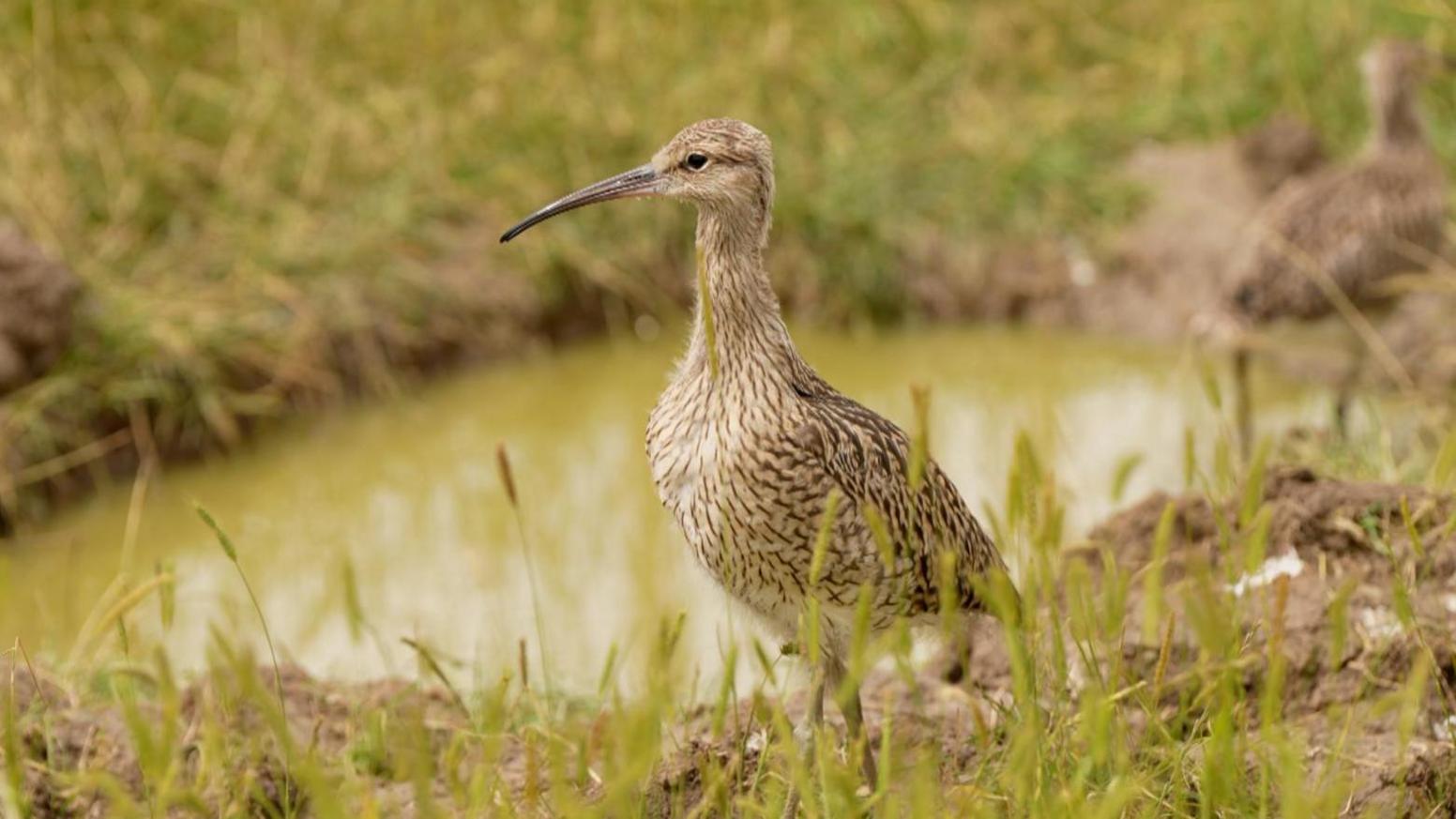Curlews 'flying beautifully' after release in Kent
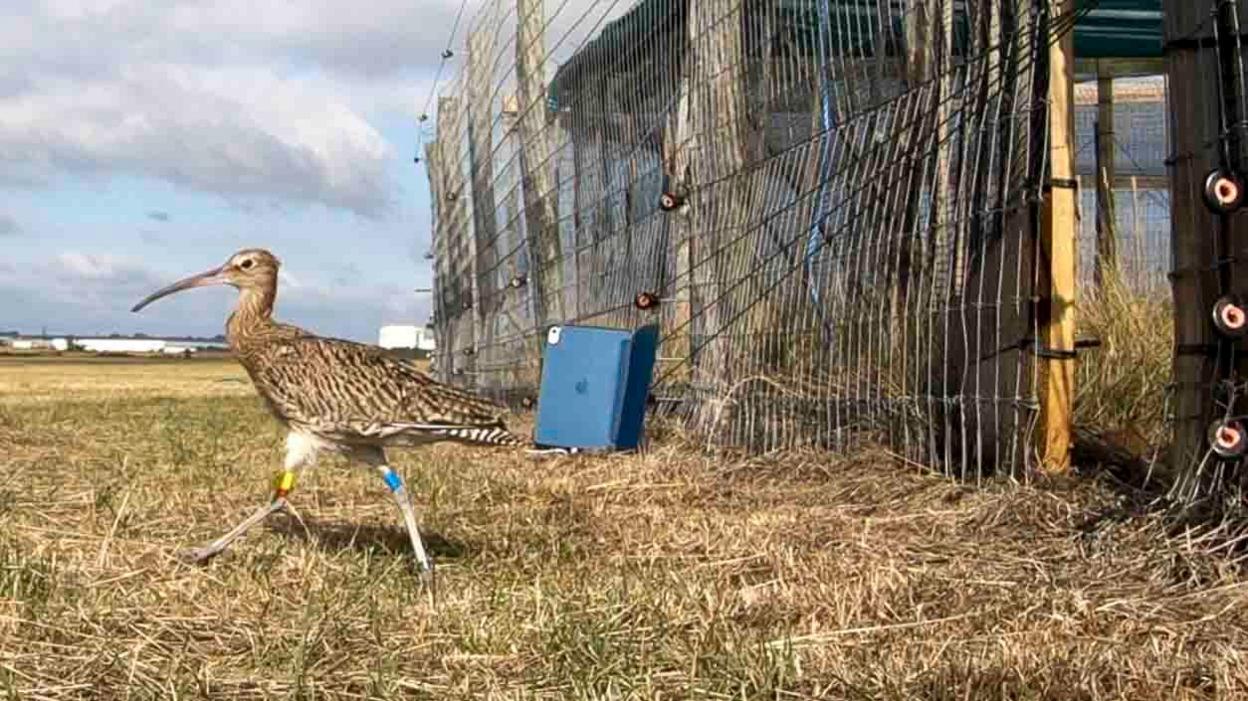
The first of 25 curlews set free into the wild
- Published
A flock of curlews has been released into the wild at a nature reserve in Kent as part of a major conservation effort to restore populations of one of the UK's most threatened wading birds.
Twenty-five chicks, hatched and reared in captivity at Elmley Nature Reserve on the Isle of Sheppey, are now young adults and flying free in their new habitat.
The release is part of a wider programme aimed at restoring breeding populations in areas where they have been lost.
Simon Higgs, who oversaw their care and watched the release, said: "I'm over the moon. It couldn't have gone any better. All the birds we let go are flying beautifully."
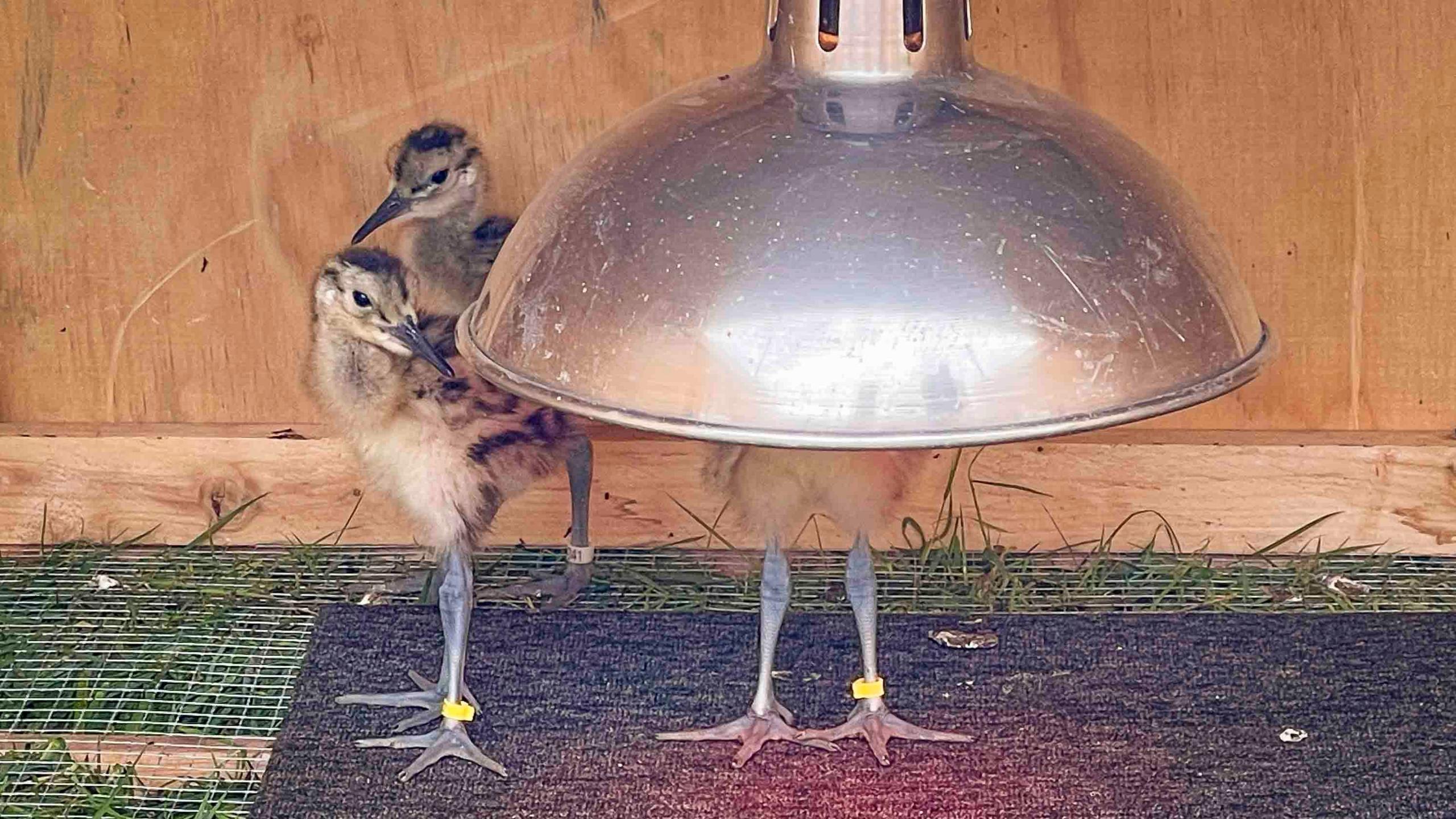
The curlews were reared in captivity to give them the best chance of survival
Over the past 40 years, populations of the Eurasian curlew – known for its distinctive long, downturned bill and haunting call – have plummeted, particularly in southern England and Ireland.
The birds, which nest on the ground, are attacked by predators such as foxes and stoats.
Philip Merricks, a farmer, landowner and conservationist, explained that rearing the birds in captivity "just gives the young curlew a chance".
The eggs were collected from nests in North Yorkshire, which were in vulnerable positions such as next to footpaths.
They were incubated there for three weeks before being transported to Kent.
The young birds were then raised in specially designed aviaries before their release at eight weeks old. Another batch will be released next week.
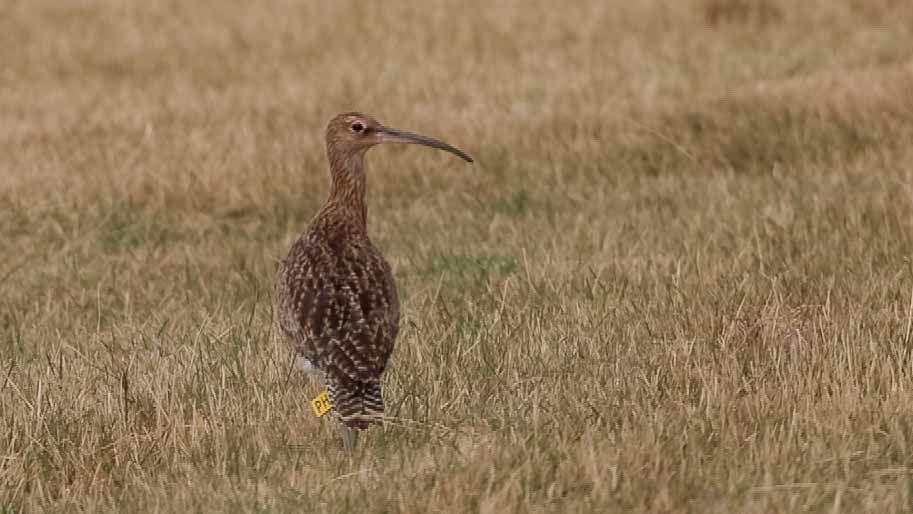
People are being asked to report sightings using the letters on the birds' leg rings
This is the third year that curlews have been reared and released this way at the reserve, but although they can currently be spotted at Elmley, they do not yet breed there.
Reserve warden Simon Ginnaw said curlews tended to return to the place they were born to lay their own eggs as a survival strategy.
He added: "They breed when they are three years old, the project is now three years old so next year, 2026, hopefully the first birds will come back and establish breeding here."
The reserve is asking people to report sightings to them, including pictures of the special rings that have been attached to the birds' legs.
The rings have letters on that can help experts map the distribution of the birds.
Follow BBC Kent on Facebook, external, on X, external, and on Instagram, external. Send your story ideas to southeasttoday@bbc.co.uk, external or WhatsApp us on 08081 002250.
Related topics
- Published29 May
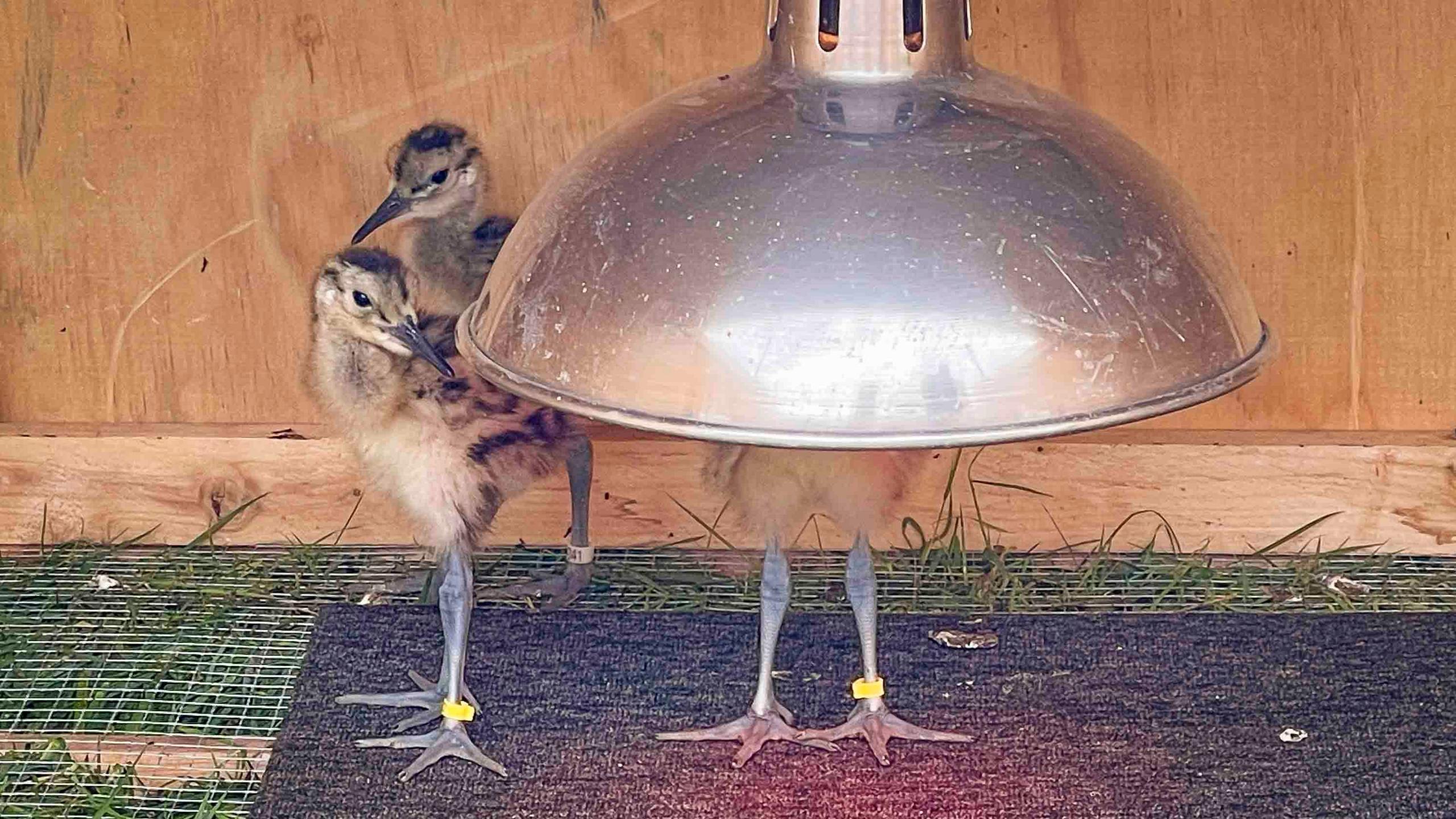
- Published5 July 2023
